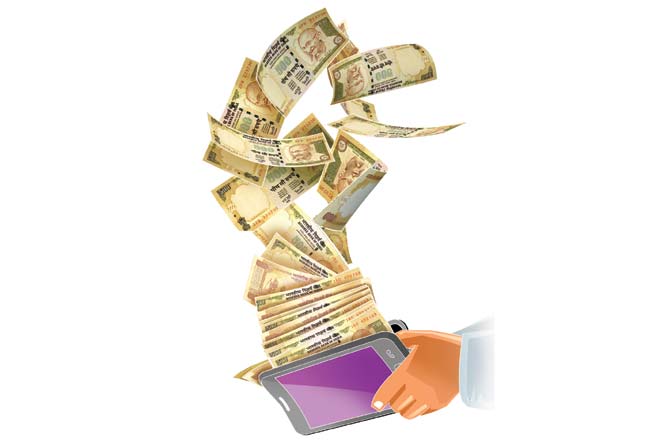

The convenience of Cellular wallets is being put to the check, not just with elevated competition within the area, however also because of the National Payments Agency of India’s unified fee initiative (UPI),which is predicted to create the subsequent stage of boom because of a extra seamless backend. Inreaction to market pressures, m-wallets are expanding their scale of operations and tying up with offlinemerchants to transport beyond recharge-related offerings, DTH and bill Payments. From the likes of BigBazaars to neighbourhood mother-and-pop stores, petrol pumps, vehicle rickshaws and milk-cubicles,Cellular wallets are not leaving any offline retail format unexplored.
Really, the recruitment of offline traders is critical to the viability of price answers, due to the fact thatmost purchaser transactions still take place offline. “payment carriers that want to win the sport will wantto cognizance on usages that are common,” says Devangshu Dutta, chief govt, Third Eyesight, a retail consultancy.
This is precisely what Paytm is doing with recognition on small but frequent transactions. Paytm walletsmay be used at petrol pumps, training (faculty and university expenses), restaurants, Mother Dairy andlarge–format stores consisting of Spencer’s and more. “The payment enterprise runs on scale. There may be a small margin. So the attempt is to create an atmosphere in which customers use pockets forfrequent transactions, though small in quantity,” says Shankar Nath, senior vice-president, Paytm. Out of 3million every day transaction on Paytm, it claims 40% are coming from offline. Paytm presently has four lakh offline merchants using its platform, inclusive of mom-and-pop shops.
To facilitate Bills thru wallets at PoS terminals and on-line price gateways, Cellular pockets participantFreecharge has partnered with price aggregators like ePaisa and CCAvenue.
It has additionally forged partnerships with stores like Shoppers Stop, McDonald’s and Café Coffee Day. It claims to have crossed 1,000,000 transactions in February, with a growth fee of 15-20% in step with month.Comparable is the case of MobiKwik, whose wallet is presently common at 25,000 stores, which includesHuge Bazaar and Critical Mall. “given that ultimate July, the biggest attention place has been on offlinemerchants. the subsequent Large use case is unorganised grocery shops,” says Akash Gupta, GM,advertising, Mobikwik. Whilst pockets players are tying up with Large format retail shops, professionalssay a bulk of the Big market for wallet is living at the mid-to-low give up shops. “Even in China, one-0.33of pockets transactions are remittances, a 3rd is peer to look and the closing one Third is trade. Weexpect the Indian market to follow a Similar lead,” says Pramod Saxena, founder and chairman, Oxigenservices. The quantity of transactions through Mobile wallets stood at 255 million in FY15. The cost of transactions completed thru Mobile wallets has grown through 500% among 2014-2016. “In fee phrases,but, Cell wallets make contributions just 0.1% to the purchaser Bills market. Average transaction lengthnonetheless remains low,” says Kalpesh Mehta, companion, Deloitte.



